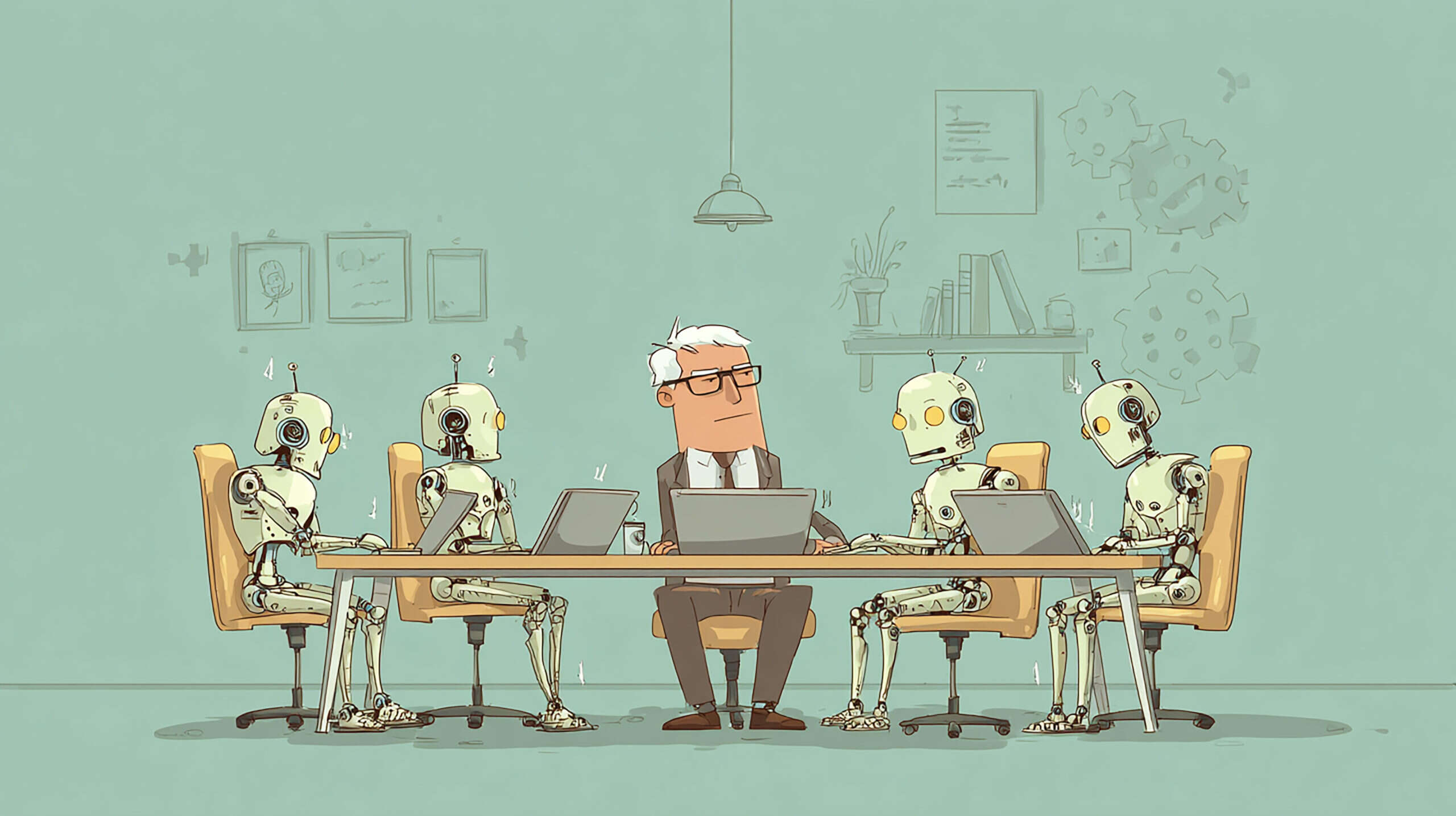 |
|
The recent layoffs at TCS, affecting 12,000 employees, serve as a stark reminder that the IT landscape is undergoing a seismic shift. While tech giants like Microsoft, Intel, Meta, and Amazon have already experienced significant workforce reductions, the TCS announcement brings this phenomenon closer to home, challenging the perception of traditional IT services firms as bastions of job security. For years, companies like TCS have been viewed as stable employers, akin to government jobs in terms of tenure and reliability. However, the rise of artificial intelligence is disrupting this model, rendering obsolete the traditional IT services model of cost-arbitrage, deploying armies of coders and consultants at lower cost. This model is reaching its end, with AI accelerating the trend and disrupting the existing linear relationship between project volume and headcount. The reality is that a single human analyst, equipped with AI agents, can now accomplish the work that previously required ten analysts. The article rightly points out that while TCS avoids directly blaming AI, the subtext of terms like “skill mismatch” and “future-ready” reveals the underlying cause. The demand for traditional coding skills is dwindling as AI-powered tools automate many of these tasks. This shift has far-reaching implications for the Indian economy, which has long relied on the IT sector as a major source of employment for young graduates.
In place of the traditional IT services model, a new breed of firm is emerging, characterized by its leanness, AI-nativity, and laser focus on outcomes. These companies are not interested in hiring armies of freshers to perform routine tasks like generating client reports or debugging software. Instead, they deploy small teams of AI-literate experts, armed with a suite of autonomous agents, to perform these tasks faster, cheaper, and with greater precision. Examples of this trend are already visible, with startups leveraging agents like Cursor or Devin for software development, legal firms operating with Harvey for legal research and analysis, and research teams relying on Perplexity and NotebookLM to accelerate their work. The societal impact of this transition in India will be immense, particularly on the education model that has traditionally focused on training young people in STEM skills for placement in IT companies. This model is now under threat, as the demand for traditional IT roles diminishes. However, this tectonic shift also presents significant opportunities, especially for younger, entry-level employees. As Aneesh Raman of LinkedIn notes, “breaking first is the bottom rung of the career ladder.” By embracing AI and acquiring the necessary skills to work effectively with these tools, young people can leapfrog ahead and skip the traditional entry-level positions.
The author presents five key strategies for young people to navigate this new landscape. First, it's imperative to leapfrog with AI. Literacy now includes the ability to work fluently and naturally with AI tools and agents. By mastering these tools, young people can bypass the traditional entry-level roles and jump directly to more advanced positions. The article cites an example of a tech founder offering a programmer with 2-5 years of experience a substantial salary (Rs 1 crore) solely based on their ability to use AI for coding. Second, it’s crucial to combine humanities with STEM education. Prompt engineering, the art of crafting effective prompts for AI models, requires knowledge, creativity, critical thinking, literature, and grammar – core skills honed through the humanities. As AI commoditizes answers, the ability to ask insightful questions, or formulate effective prompts, will become a crucial differentiator. Third, instead of merely joining a company, young people should consider building their own ventures. The advent of AI tools, agents, and low-code/no-code platforms has made it easier than ever to create a company, enabling individuals to achieve “one-person unicorn” status – building billion-dollar startups with the help of AI. Fourth, it's essential to build a career portfolio, developing diverse skills and pursuing multiple interests. In the age of AI, the traditional model of one company, many employees will likely give way to one employee with many companies, requiring individuals to be versatile and adaptable. Finally, it's critical to build a strong personal brand, leveraging AI to showcase your skills and talents. In a rapidly changing job market, your personal brand is your most valuable asset, ensuring that you will always have access to paying work.
In conclusion, the IT industry is undergoing a profound transformation driven by AI, and the recent layoffs at TCS are a symptom of this larger trend. While this transition presents challenges, it also offers significant opportunities for young people who are willing to embrace AI, acquire new skills, and adapt to the changing landscape. The future of work will be defined by collaboration between humans and AI, and those who can master this collaboration will be best positioned to succeed. As Microsoft CEO Satya Nadella aptly stated, “AI is not here to replace humans. It is here to remove the barriers that prevent humans from doing their best work.” This crisis provides an opportunity for individuals to leverage AI to unlock their full potential and contribute to a more innovative and productive economy. The author's emphasis on lifelong learning, adaptability, and entrepreneurial spirit is a vital message for young professionals navigating this new era. The advice given is both practical and insightful, offering a roadmap for success in the age of AI. By embracing these strategies, young people can not only survive but thrive in the evolving IT landscape, shaping their own futures and contributing to the growth and development of the Indian economy.
Source: TCS layoffs mark end of one IT era, and the start of another
